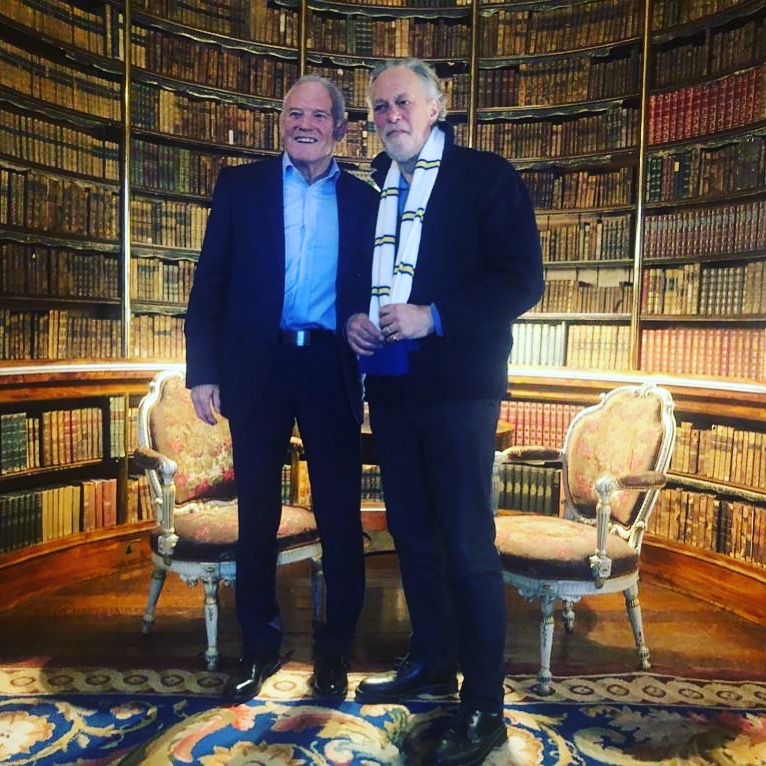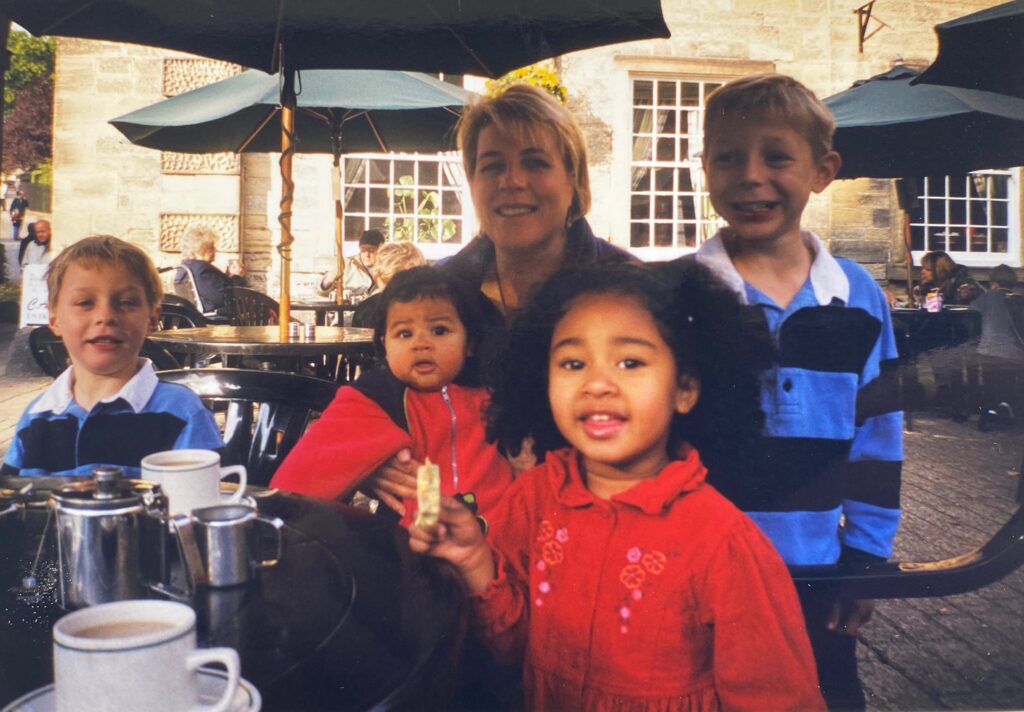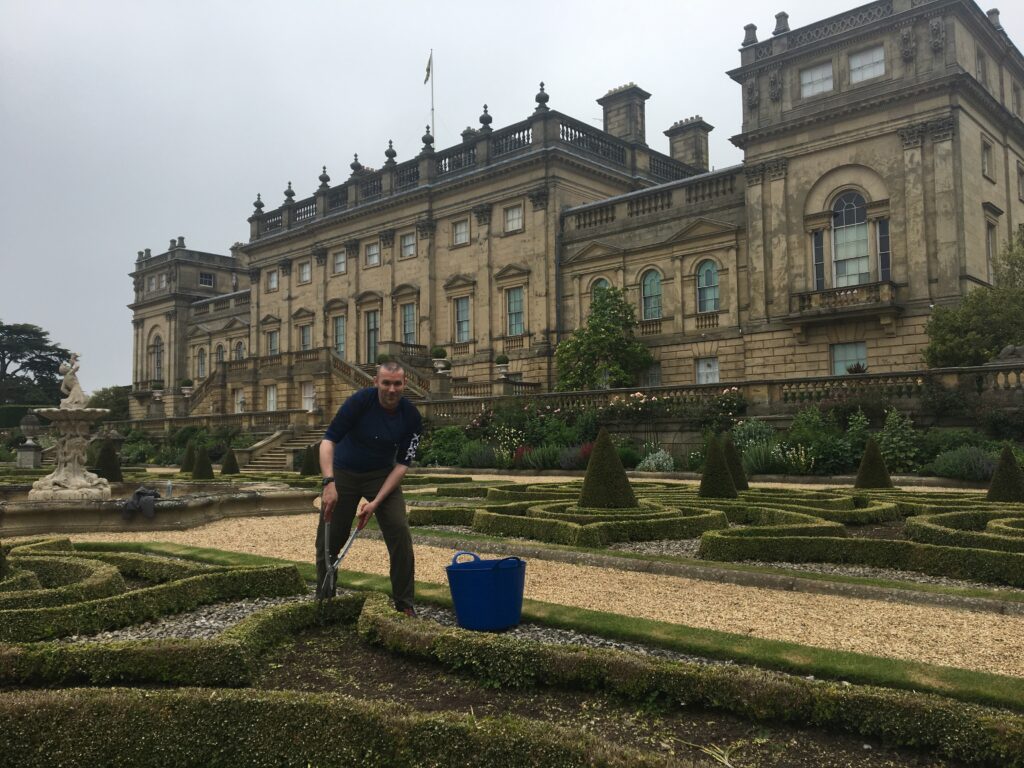 Continuing Harewood’s journey through the books that define the people who work with the Trust, Emily Shard, Trustee and daughter of the Earl of Harewood, shares some of the books she has loved.
Continuing Harewood’s journey through the books that define the people who work with the Trust, Emily Shard, Trustee and daughter of the Earl of Harewood, shares some of the books she has loved.
A coffee table read you return to again and again. Hare with the Amber Eyes by Edmund de Wall. The British Ceramicist takes you on a Journey though generations and across Europe, following his family’s netsuke collection (miniature ceramic animals). A incredible reflection on both Art and Human history.
A book that has inspired you. So many books inspire me – Hopefully we take some kind of inspiration from lots of what we read, and that this is an ongoing process. Recently I read American Poet Ross Gays’ Book of Delights. Gay wrote a short piece every day for a year about something that has delighted him – his meditations on the sometimes tough world and unexpected places where delight can be found, are inspiring. He encourages us all to look carefully, take time and stake out space for joy.
A book you enjoyed reading to children. All of Oliver Jeffers’ books. We started with Lost and Found (The story of a lost Penguin) but they are all brilliant and the author and illustrator has humour and warmth that kids love. His stories often touch on more challenging themes than most children books.
A book that has related to your life path. The Lord of the Rings by J RR Tolkien – this classic was read to me by my dad as a child as my bedtime story. Dad cut out some of the more wordy, boring bits and the magic and characters of the Middle Earth World totally captivated me. I had the good fortune of working on the films in New Zealand, which was an amazing experience. My Children have recently started reading the series too.
A book you didn’t think you would like, but surprised you. The Mandibles by Lionel Shriver – a dystopian novel which uses dark humour to give us a terrifying vision of the future through one family experience, and an insight into what the human impact might be of changing global economics.
A book you would take to a desert island. Buried Giant by Kazuo Ishiguro. This story about love, identity, memory and guilt, can be read and reread with new meanings unearthed every time. Alternatively, I might take a recipe book. This might prove to be torture if there is no food on the island, but something like Forgotten Skills of Cooking by Darina Allen shares traditional and long-forgotten recipes for making all kinds of food from scratch, and with very basic equipment.
A book that in your opinion everyone should read. Living Planet Report by WWF is released every two years and is a breakdown of global trends in species diversity and humanities pressure on important habitats. I have been working with WWF on a few projects in the last few years and the importance of placing ‘value’ on nature and world resources has become even more clear to me, and should be to everyone.
A very English book– The Salt Path by Raynor Winn is a true story of the writer and her husband’s walk along the south west coast path, following the loss of their home, health and sense of purpose. She evokes the very British south coast land and seascape and makes you want to walk the path and connect with nature. There’s such a power of nature in creating wellbeing and a sense of self.
Favourite Shakespeare play – I love so many of them, Macbeth, Hamlet, A Midsummer Night’s Dream but I prefer to watch them than read them.
A book someone passed to you and you passed on. Lift as you climb by Viv Groskop. The comedian, presenter and public speaker gives guidance about approaching personal progression and bringing others along with your success. It’s thought provoking, supportive and reassuring. My neighbour gave it to me and then I passed it on to a friend.
What are you reading next? – I am shortly going to start reading The Feather Thief: The Natural History Heist of the Century by Kirk Wallace Johnson. It’s the true story of obsession that lead to an amazing and very weird theft. I heard a brilliant podcast about it and the story sound really bazaar and fascinating.
Emily is a film producer for Silverback Films, whose work includes the Netflix Our Planet series, Disneynatures Elephants, Penguins and Dolphin Reef as well as various programmes for the BBC. She cares passionately about the environment and lives in Bristol with her family.
Read more Book Blog podcasts on the Harewood blog.



